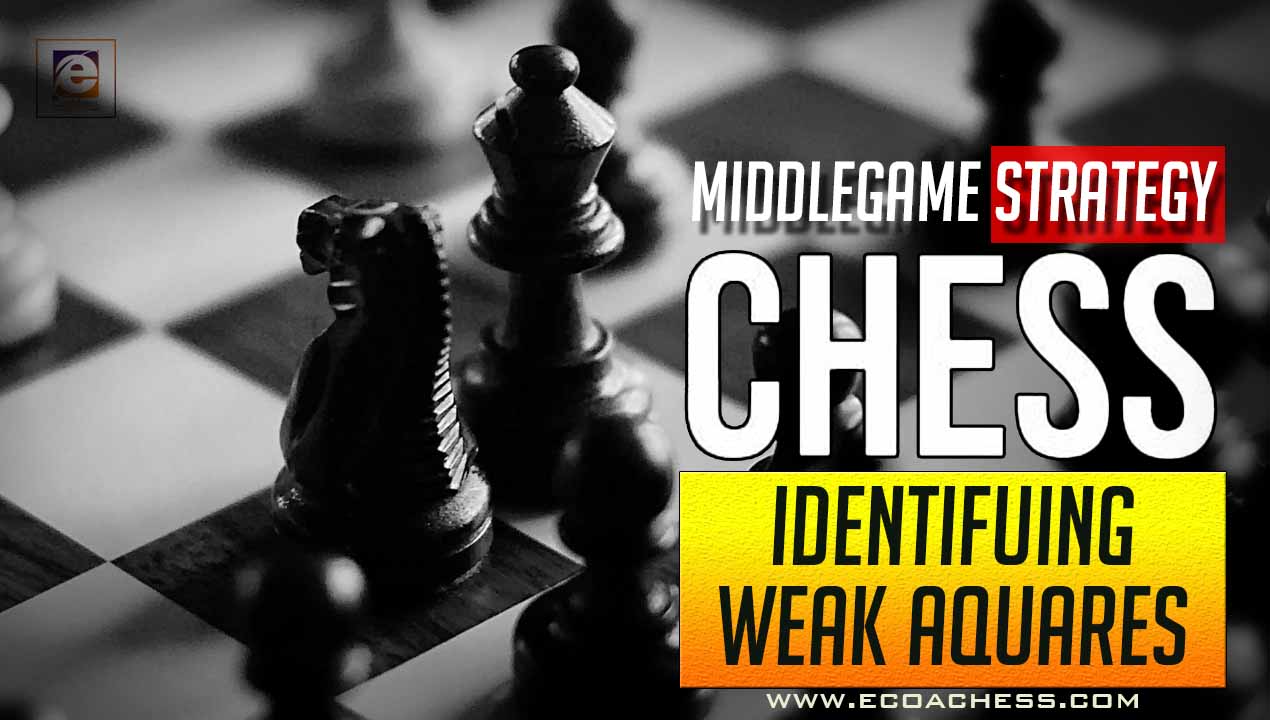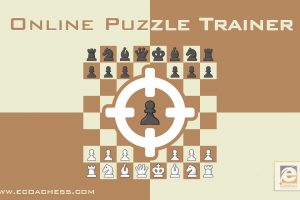Weak Squares: Positional Understanding in Chess
Weak Squares: Positional Understanding in Chess
Every pawn move has an drawback as adjacent squares will be weakening. The pawns are the all piece in Chess which cannot move backward, Therefore when a weak squares is created it cannot be rectified, so you have to be very careful in moving pawn moves as it cannot be being backwards.
01. Identifying Weak Squares

In this diagram we can find a few weak squares, in both black’s and white’s camps. Normally we find weak squares in 5th and 6th rank (Marked in Yellow arrows) of the Black side, 3rd and 4th rank of the white side.
For example, in black’s position we can identify the squares d6, e6 and f5 as being weak. There is no black pawn that can control them. These are the squares that white should make use of to improve his position.

On the other hand, if we analyze white’s position, we will discover that his structure also contains some “holes”. Can you identify them?
02. Taking Advantage from Weak Squares
What has changed from the previous example is that the black king side pawns have advanced to f4 and g5. By doing so, white’s g3 and e3 squares (marked in red) become even weaker, because black is now controlling them.
It’s true that white himself has some strong squares on e4 and g4 (marked in green), but the main difference between the two sides is that black’s outposts are on white’s side of the board (marked in yellow arrows), which makes them more uncomfortable.

If there were more pieces on the board, black could take advantage of the weak squares in white’s camp and place one piece there (for example a knight on e3). This would control white’s entire play and make his position very difficult to play.

This diagram shows, why the d6 square (marked in green) is not really a weak square. If we follow the rule, we can agree that the square can’t be protected by another pawn, hence it’s weak. But, if we analyze this particular position, is this really true?
The answer is no. White can’t take advantage of this square, as none of his pieces can reach it. This means that, in this case, the weakness of the d6 square is not important at all in the overall evaluation of the game. White's d4 pawn became a weakness as its backward and black has the semi-open file control.
Lets now look at some example games played by Grandmasters where they utilize opponent's weak squares as an advantage to win the game.
Example 01: Punishing for the Incorrect Pawn Moves
Example 02: Permanently Fixing the Weak Squares
Example 03: Pawn Scarification for Creating Weak Squares
We hope you find this article useful and any feedback is greatly appreciated. Thank you for reading.




